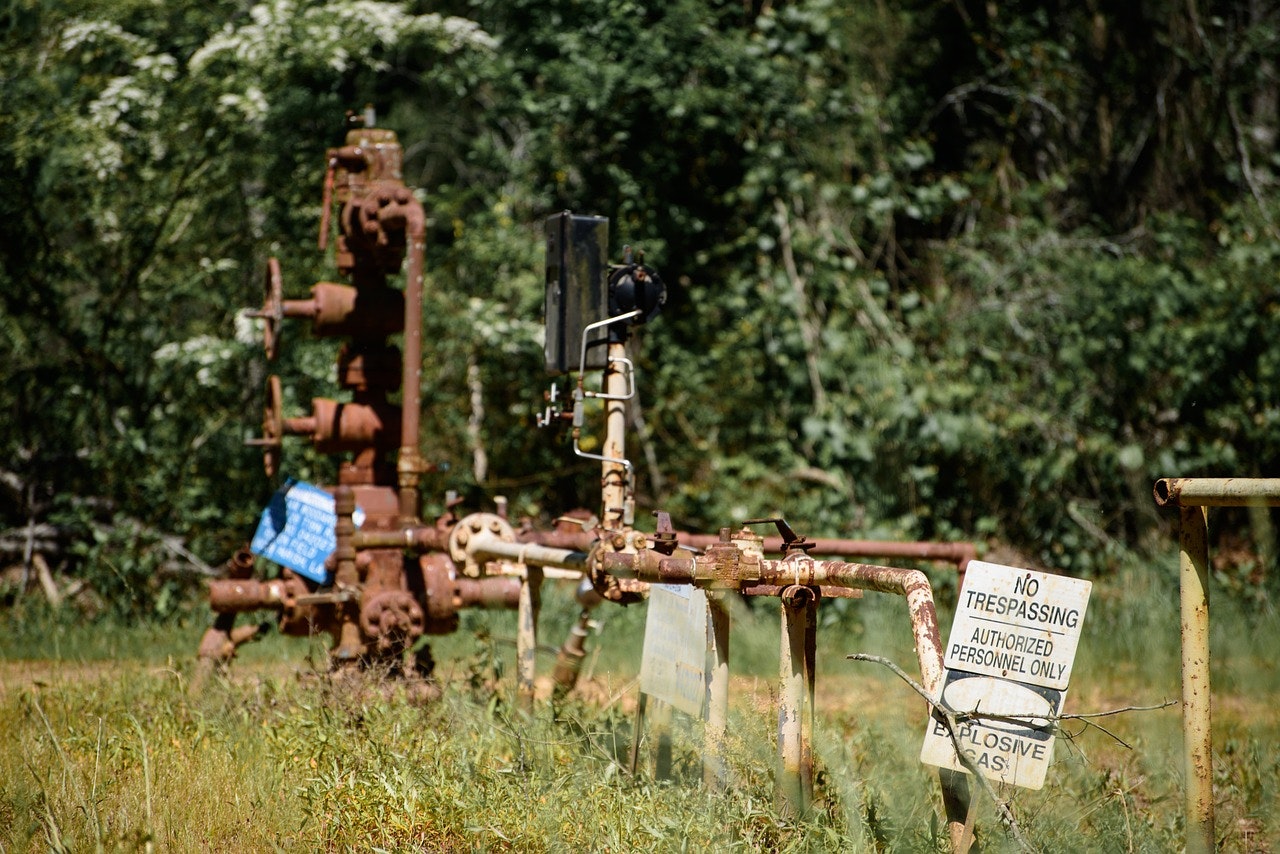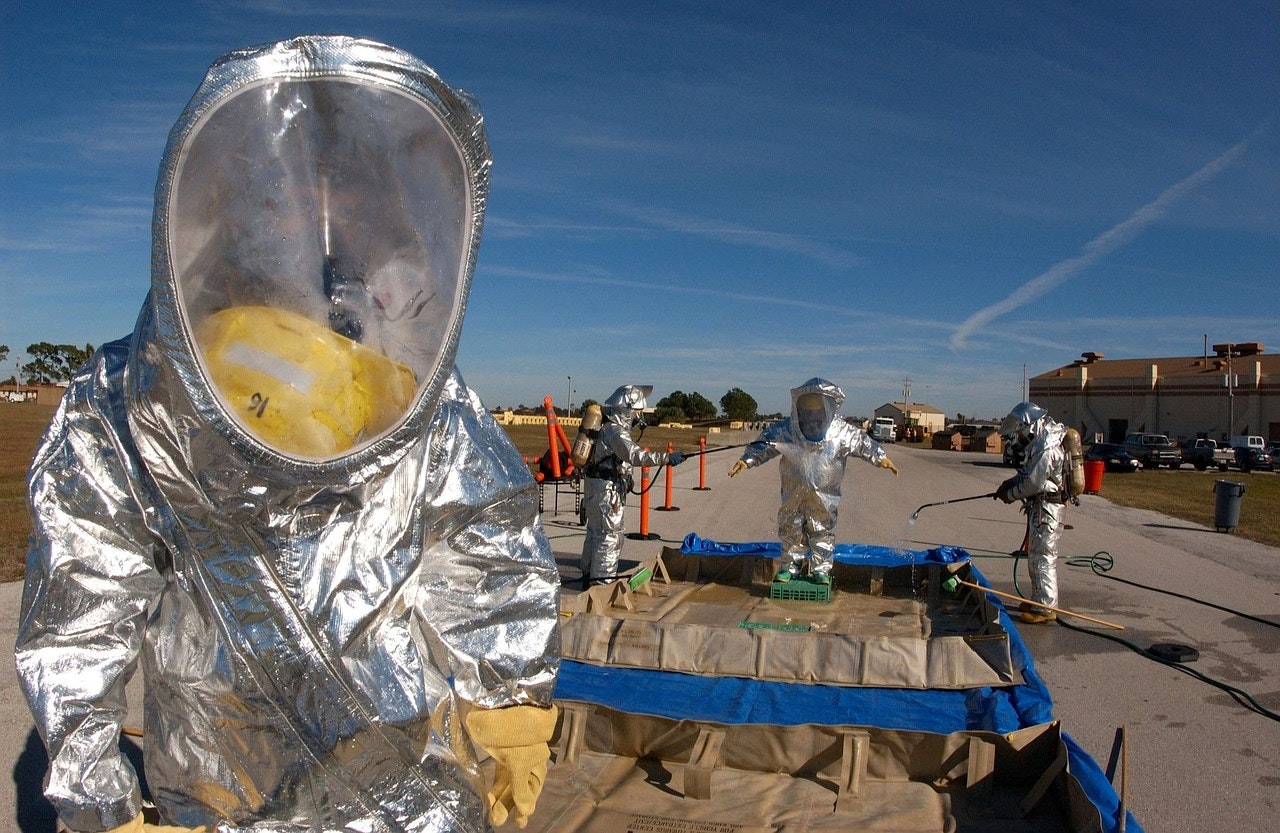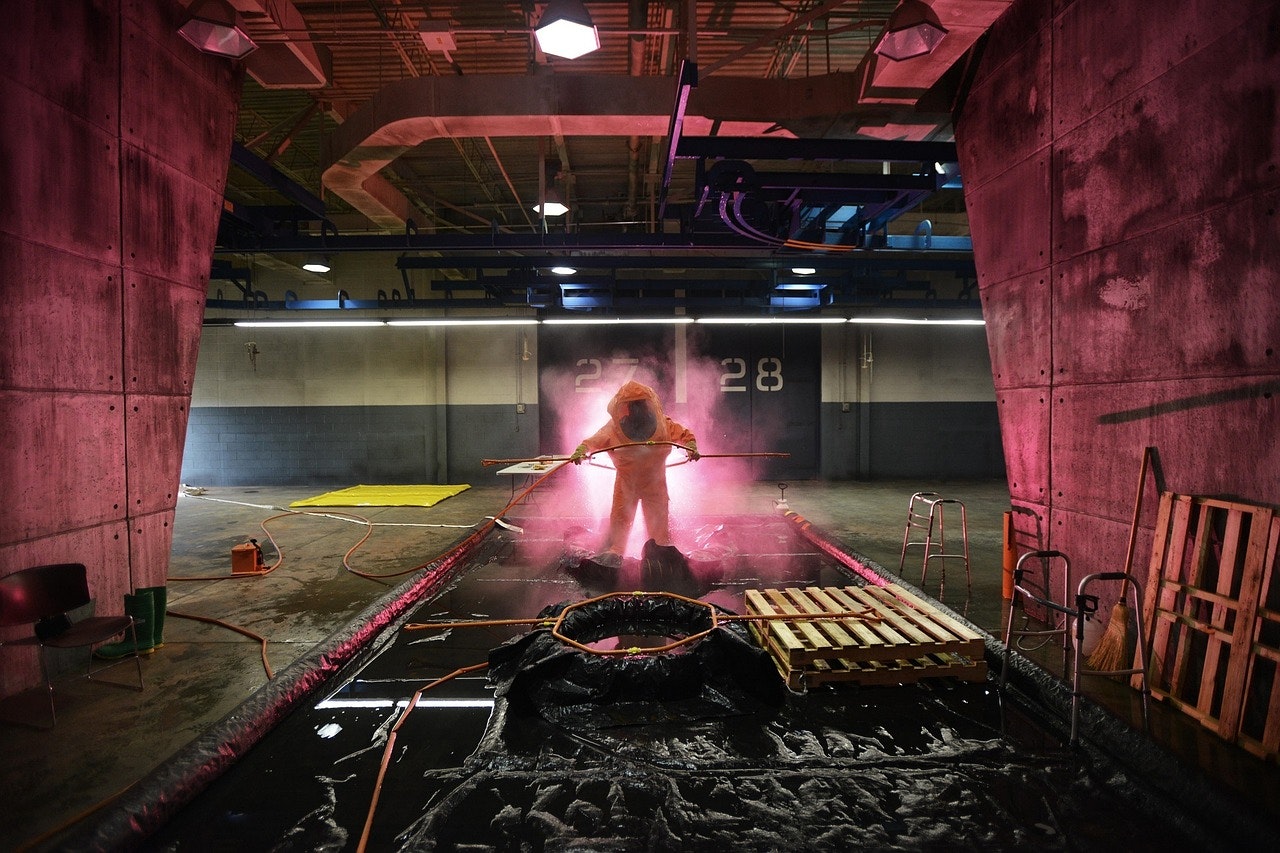What Contractors Should Know About Hazardous Construction Materials
One of the worst nuclear accidents in world history wasn’t a meltdown—it was a simple failure to secure and safely store an extremely hazardous material. Two-hundred forty-nine people received high doses of radiation in the Goiânia accident in Brazil back in 1987 after a pair of thieves broke into a demolished hospital and stole a teletherapy unit.
While it’s unlikely you’ll ever have to deal with nuclear material over the course of your career in construction, you will come across lots of extremely hazardous and dangerous materials, such as asbestos, mercury and lead. For example, a piece of equipment could start leaking diesel fuel on the construction site, or your workers could come across asbestos while demolishing an old structure on the site.
But it’s not just the extremely dangerous materials you have to worry about. After all, even dust can be considered a hazardous material. The Occupational Safety & Health Administration says there are three types of hazardous materials:
Carcinogens, toxins, irritants and corrosives
Combustible liquids, gases, explosives and reactive agents
Chemicals that produce dusts, gases, fumes or smoke that have any of the above characteristics
Hazardous construction materials pose additional safety, regulation and cost risks, so construction managers must know how to handle them to safeguard their current and future projects.
Construction managers need to track hazardous construction materials efficiently with construction software in order to follow regulations, protect workers, and prevent a mishap that could upend a project’s entire budget and schedule. In this article, we’ll look at a few things you must know to manage hazmat effectively on the job site.
Failure to identify all hazardous waste is the most common RCRA violation
The Resource Conservation and Recovery Act (RCRA) is a public law that “creates the framework for the proper management of hazardous and non-hazardous solid waste,” according to the Environmental Protection Agency’s website.
The EPA identified three sizes of hazardous waste generators in 1985 that apply to individual construction sites:
Conditionally-Exempt Small Quantity Generators (CE-SQG): This involves a small amount of waste and typically applies to most construction, demolition and renovation sites.
Small Quantity Generators (SQG): This applies to those who generate between 100 kg and 1,000 kg of non-acute hazardous waste per month, less than 1 kg of acute hazardous waste and less than 100kg of spill residue from acute hazardous waste.
Large Quantity Generators: This is for those who generate more than 1,000 kg of non-acute hazardous waste, 1 kg of acute hazardous waste, and 100kg of spill residue.
It’s important to know which you are because CE-SQGs are exempt from RCRA regulations as long as you meet certain parameters. You’ll also need an EPA identification number if you are an SQG or LQG.

A gas line presents a serious risk to workers if not properly identified (Source)
You must deal with hazardous materials proactively
This is good advice in general, but it’s especially true with hazardous construction materials: you must be proactive. If you can get a handle on hazardous materials right away, you can head off any significant disruptions to your construction project—and they can be significant.
For example, a gas leak caused because your workers didn’t know where the pipe was located can force you to evacuate the entire job site and result in lengthy delays.
There are a few ways you can do this:
Identify the locations of hazardous materials. If you are constructing a new building, you should have all locations of potentially hazardous materials mapped out, and if you are dealing with a current building you need to sample and analyze suspected hazardous materials like asbestos or lead.
Understand regulations. You must familiarize yourself with any local, state or federal regulations that may come into play over the course of your project, and identify potential trouble areas that will require extra scrutiny.
Draw up a plan for dealing with hazardous materials. You need to have a plan in place addressing how you will remove, transport and dispose of hazardous materials over the course of the project. This plan should be in line with regulations.
Remove offending materials. If there are building materials that you suspect to be hazardous, you need to take steps to remove them now rather than later.
Notify anyone who may be affected. If there are building occupants, workers or others who risk coming into contact with hazardous building materials, you need to let them know in advance and provide guidance on avoiding those materials.
Train and drill your workers. By training your workers to identify and appropriately deal with hazardous materials, you can keep them safe and protect your job site from disruptions.

Training your workers to deal with hazmat situations can help you avoid disruptions. (Source)
You must provide your workers with MSDS and PPE
MSDS stands for Material Safety Data Sheets and PPE stands for Personal Protection Equipment. The first gives workers the knowledge to avoid being exposed to hazardous materials, and the second provides them with physical protection.
MSDS
The Occupational Safety and Health Administration (OSHA) requires that you provide an MSDS, which is a safety document that has data about a certain substances, whether they be gases, liquids, positions, corrosive material, reactive material and anything else that can harm your workers.
An MSDS has nine sections that discuss things such as a material’s toxicity, storage requirements and such.
You can find a form to create your own MSDS here.
PPE
As an employer, it’s your responsibility to provide your workers with a safe workplace, and that means giving them the PPE they need to protect themselves when coming into contact with hazardous materials.
PPE can include the following:
Eye and face protection (goggles, face shields)
Head protection (hard hats)
Foot and leg protection (leggings, toe guards)
Hand and arm protection (chemical-resistant gloves)
Body protection (treated wool, rubber)
Hearing protection (ear plugs, ear muffs)
OSHA has a guide with detailed information on specific PPE regulations.

Providing proper personal protection equipment (PPE) is a must for any job site (Source)
You need construction software to track hazardous materials
When dealing with hazardous materials, old pen and paper methods just won’t cut it anymore. And even if you have software, it might be the right software for the job. You need to ensure that your software is up to the task of organizing your hazardous materials in an efficient manner.
Look for software with features that allow you to implement EPA’s cradle-to-grave hazardous waste management program. Specifically, the software should:
Identify hazards,
Track data on those materials so you can analyze it later,
Provide some type of option for managing hazmat transportation options, as well as recycling, treating and disposing, and
Manage permits to ensure compliance with all local, state and federal laws and regulations.
Take steps to improve how you handle hazmat
When it comes to hazardous construction materials, there is no room for error. A mistake on your part can mean fines, project delays or—worse—serious injury to your workers. It’s time to take a few steps now to ensure that you’re in compliance.
Identify construction software that can help you fully collect data on how much hazardous material you product on your construction site, if you feel your current methods aren’t fully capturing this data.
Use that data to determine if you meet the Conditionally-Exempt Small Quantity Generator category, avoiding stricter regulations.
Call a meeting with your leadership team and draw up an operations and maintenance plan based on local, state and federal regulations for your next construction project, identifying what hazardous materials you are dealing with; how you will collect, transport and dispose of them; and what regulations say about any additional action you need to take.
Check your MSDS and PPE to make sure they are in compliance with regulations.